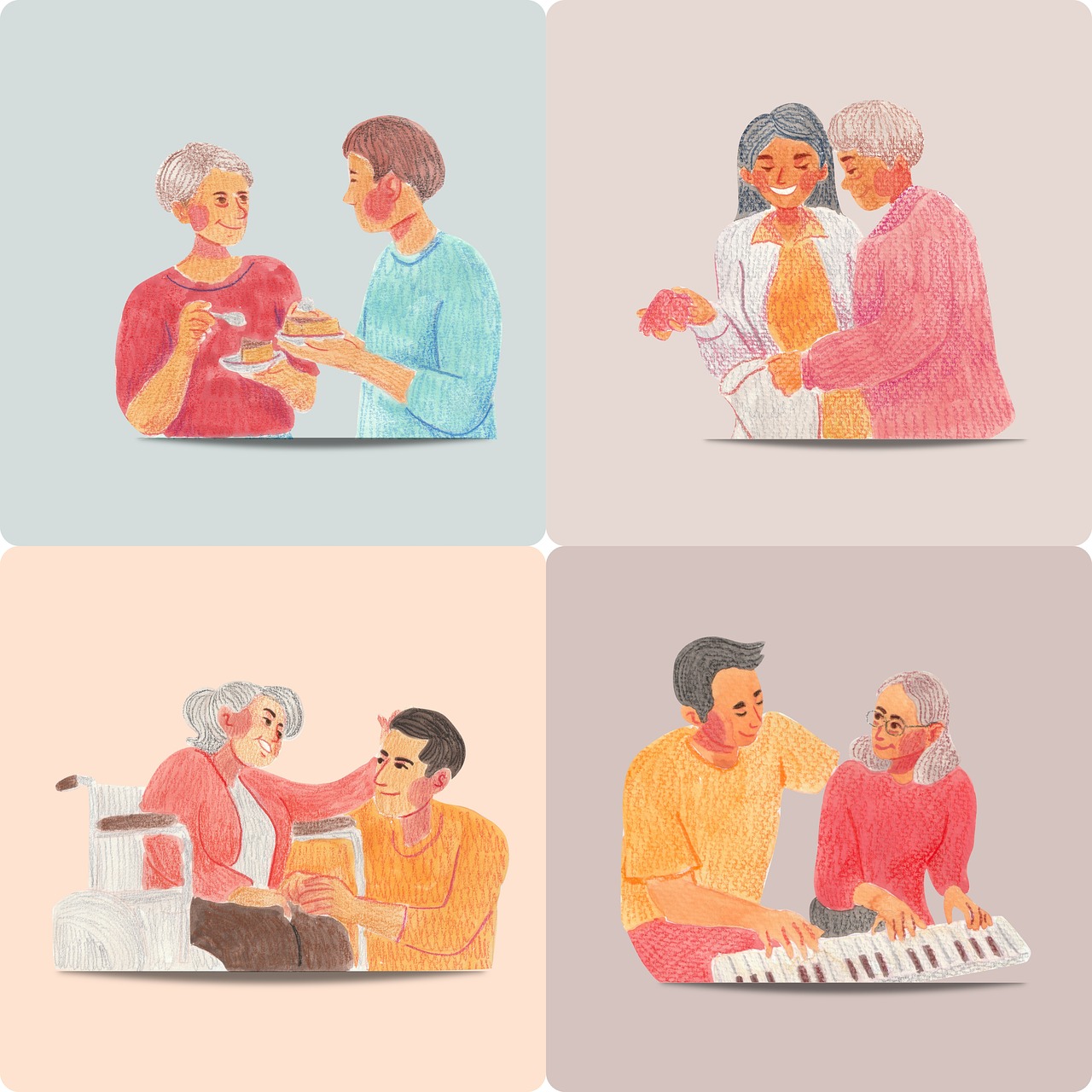Speak to a local care advisor at Assisted Living Locators by calling (888)-267-4741.
Learn about Assisted Living, Senior Living, Memory Care, and In-home care options.
Low Income for Seniors in California is a term that refers to the income level of seniors that falls below a specific threshold. This threshold is typically set at 80% of the median income for the area they live in. Understanding what constitutes low income for seniors is crucial as it impacts their eligibility for various programs, such as low income senior housing and other support services.
In this article, we will explore the definition of low income for seniors in California, the median income for this demographic, the programs and services available to low-income seniors, and other related topics.
Understanding Low Income for Seniors
Low income for seniors in California is generally defined as having an annual income that is less than 80% of the median income for the area. This threshold factor is essential for determining the eligibility of seniors for various support programs, including those aimed at providing low income housing for seniors.
According to data from the US Census Bureau, the median income for seniors in California is $48,615. Consequently, a senior with an income less than 80% of this value might be considered low-income.
Income Limits and Classifications
Below is a table illustrating the income limits set by the U.S. Department of Housing and Urban Development (HUD) for the Section 8 Housing Choice Voucher Program.
| Income Classifications | Income Range |
|---|---|
| Acutely low income | 0-15% of AMI |
| Extremely low income | 15-30% of AMI |
| Very low income | 30% to 50% of AMI |
| Lower income | 50% to 80% of AMI |
| Moderate income | 80% to 120% of AMI |
AMI stands for Area Median Income. These income classifications are used to determine eligibility for various programs, including low income senior housing.
Low Income Housing for Seniors
To aid seniors with low incomes in accessing affordable housing options, the California government provides several programs. These programs aim to alleviate the housing burden for seniors by offering subsidized or low-income housing opportunities.
Among the prominent low income housing programs available to low-income seniors in California include:
- Housing Choice Voucher Program (Section 8): This program provides rental assistance to eligible seniors, allowing them to secure housing in the private market. Seniors receive vouchers that cover a portion of their rent, with the remainder being paid by the senior based on their income.
- Subsidized Housing: The state offers subsidized housing complexes specifically designed for low-income seniors. These complexes provide affordable rental units and often include supportive services tailored to the needs of older adults.
- Public Housing: Public housing units, managed by local housing authorities, are another option for low-income seniors. These units are typically available at reduced rental rates, making them more affordable for seniors with limited incomes.
- Low-Income Housing Tax Credit: This program encourages the development of affordable housing units by providing tax incentives to developers. As a result, seniors with low incomes can access housing options at reduced rental rates.
- Section 202 Supportive Housing for the Elderly: This program focuses on providing housing and supportive services to low-income seniors who may also require assistance with daily activities. These housing communities typically offer a range of amenities and resources to enhance the well-being of elderly residents.
Services and Resources for Low-Income Seniors
Along with housing, there are various services and resources available to low income seniors in California. Here are some of the key programs:
Aging and Disability Resource Connection
The Aging and Disability Resource Connection (ADRC) in California is a network of services for seniors and adults with disabilities provided by local Area Agencies on Aging. The services offered include enhanced information and referral services, options counseling, short-term service coordination, and transition services.
CalFresh Healthy Living
CalFresh Healthy Living is a program offered by the California Department of Aging that provides classes and information to help low-income older adults lead a healthy lifestyle. This program offers activities to eat healthily on a budget, live a healthy lifestyle, and eat a balanced diet.
Caregiver Resource Centers
Caregiver Resource Centers (CRCs) are a statewide network of support organizations in California for families and caregivers of those with Alzheimer’s disease, stroke, Parkinson’s disease, and other disorders. These centers provide specialized information and referral, family consultation and care planning, respite care, short-term counseling, support groups, professional training, legal and financial consultation, education, and additional resources.
Conclusion
Understanding what constitutes low income for seniors in California is crucial, especially when it comes to accessing vital support services such as low income senior housing. With the right information and resources, low-income seniors can navigate their options and secure the assistance they need to lead comfortable and independent lives.












